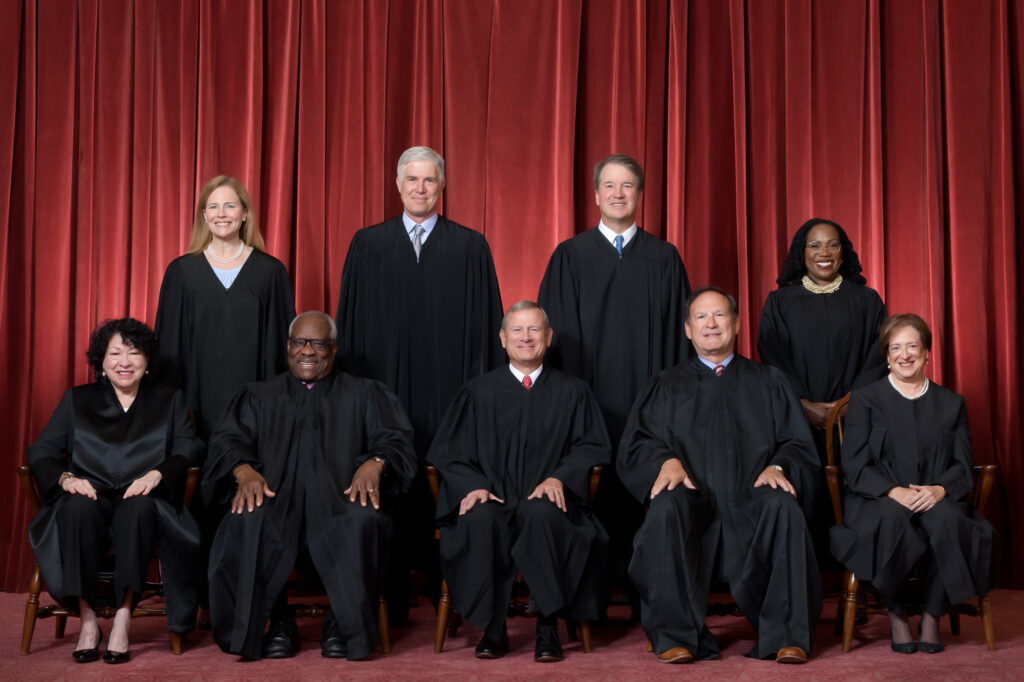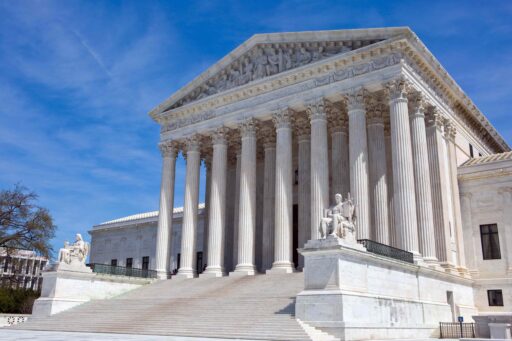Canadian Opposition to the U.S. Bankruptcy Plan
The U.S. bankruptcy plan for Purdue Pharma has faced staunch opposition from First Nations and Canadian Municipalities, further complicating an already intricate legal landscape surrounding the opioid crisis.
Background of Canadian Lawsuits
Canadian municipalities and First Nations took legal action against Purdue Canada and other parties, holding them accountable for the opioid epidemic’s impact within Canada. These lawsuits aimed to redress the damage and losses incurred due to the crisis in their communities.
Concerns Over the Bankruptcy Injunction and Release
The U.S. bankruptcy proceedings for Purdue Pharma have raised concerns north of the border. The main contention lies in the bankruptcy injunction and release’s implications on the Canadian claims against the Sacklers and Purdue Canada. The Sacklers assert that the release encompasses the Canadian claims, basing their argument on the notion that these claims are rooted in Purdue US’s actions.
The major point of contention is that, while the U.S. bankruptcy plan provides significant funds for American claimants, Canadian creditors would only receive a modest unsecured claim payment, effectively sidelining their major concerns and claims.
Judicial Developments and Decisions
The U.S. bankruptcy court initially greenlit the releases despite objections raised by Canadian creditors. This approval was subsequently overturned by the district court, which determined that the bankruptcy court didn’t have the necessary authority.
However, the plot thickened when the Second Circuit reinstated the bankruptcy court’s approval. The majority opined that bankruptcy courts indeed possess the authority to enforce non-consensual third-party releases. This perspective was contested by Judge Wesley, who dissented, articulating that the Code doesn’t grant permission for such releases concerning independent third-party obligations.
The overarching implication of these decisions is that the Second Circuit has permitted the bankruptcy release to quash the Canadian opioid claims against the Sacklers. This has sparked outrage and concerns as the Canadian claimants perceive this move as the extinguishing of their claims without adequate compensation or justification.
Appeal to the Supreme Court

In light of these proceedings, Canadian Municipalities have lodged a brief with the Supreme Court of the United States. Their argument centers on the premise that the bankruptcy settlement, which amounts to $6 billion, should be invalidated on the grounds that non-debtor third party releases are not sanctioned by the bankruptcy code. This move embodies the resistance and the desire for justice among Canadian entities, as they strive to ensure accountability for the Sacklers’ alleged role in the opioid epidemic.
The Canadian Creditors' Stance
Central to this intricate legal battle is the fact that the Canadian creditors receive no substantive compensation from the bankruptcy trust funds. Their claims against the Sacklers are in jeopardy of being obliterated without any significant return, amplifying the sentiment of injustice and the need for a more equitable resolution.
This demonstrates the complex dynamics between the U.S. bankruptcy proceedings and the ensuing Canadian opposition. The ramifications of these legal battles extend beyond borders, underscoring the global impact of the opioid crisis and the challenges in navigating its aftermath.
